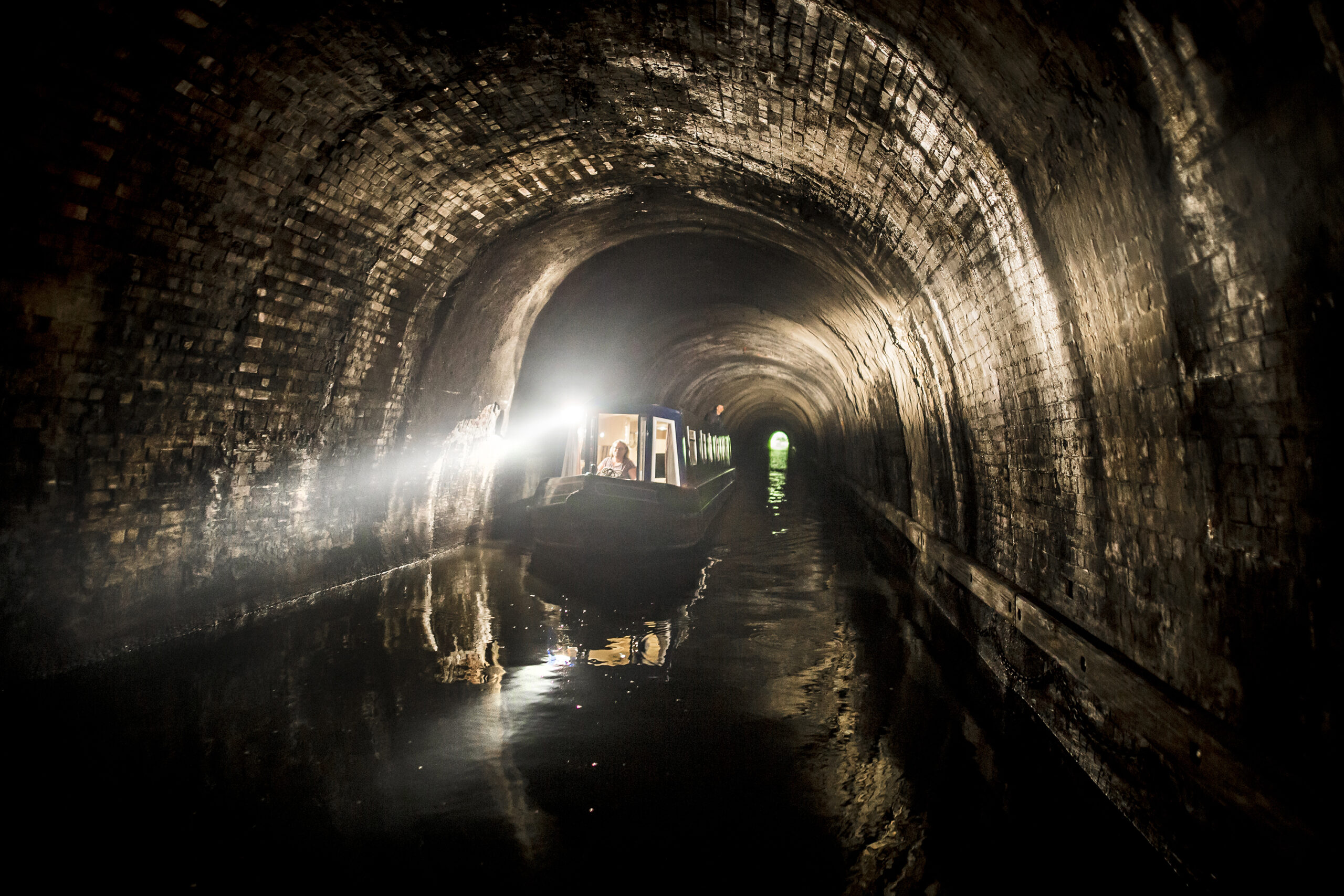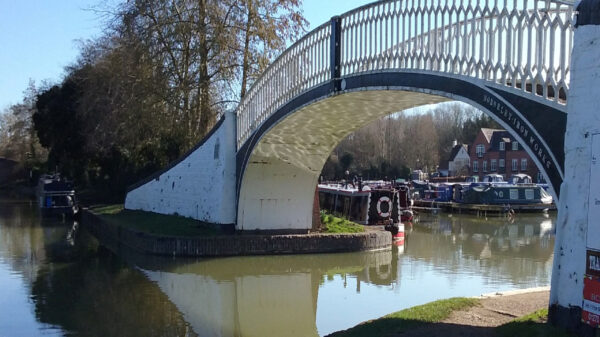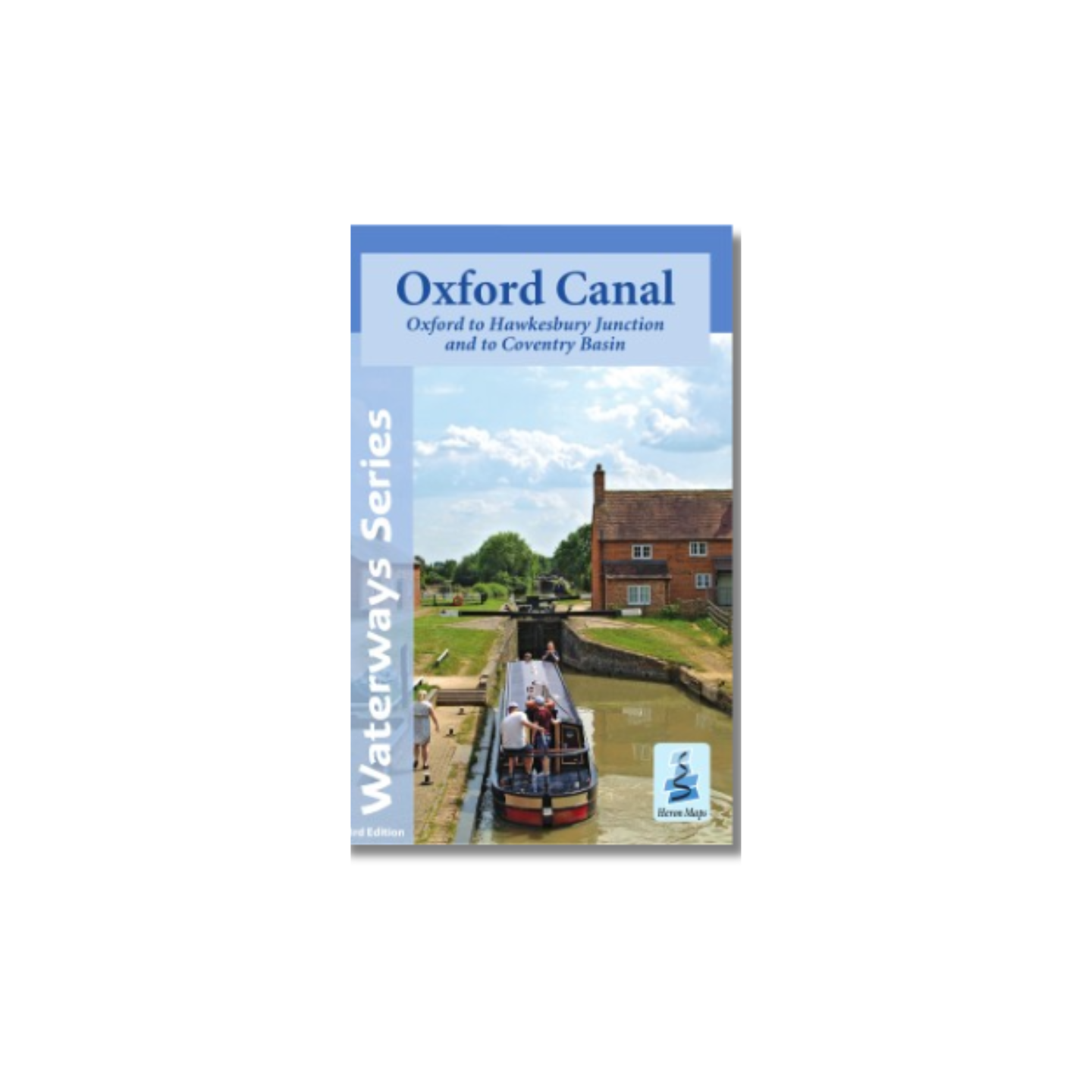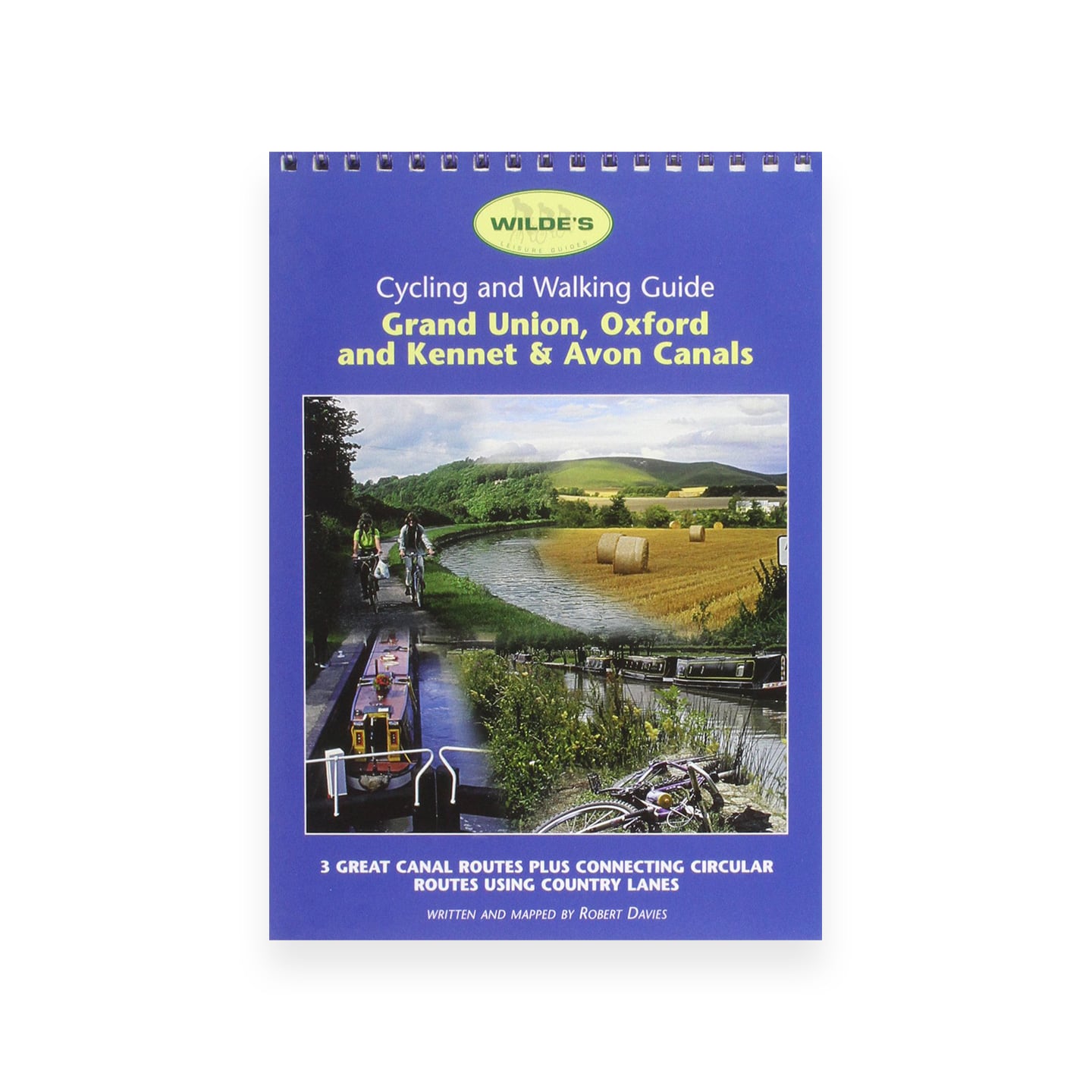From Hawkesbury Junction to Oxford
This contour canal was one of the earliest canals to be built, with the purpose of transporting coal from the Coventry coalfields to Banbury, Oxford and the River Thames. It was completed in 1790 but soon experienced competition from the Grand Junction Canal (Grand Union Canal), which offered a shorter route to London. The section between Braunston Junction and Napton Junction is often considered part of the Grand Union Canal.
There is one branch (Duke’s Cut Branch), which runs from just below Duke’s Lock No 44 to the Thames. Duke’s Cut Branch is 0.8 miles (1.3 km) long and has one lock.
The northern section of the Oxford Canal was shortened in the 1830s, hence the occasional missing bridge numbers. Commercial carrying waned after the First World War but, nevertheless, continued into the 1960s.
When the southern section was in danger of closure in the 1950s, IWA won one of its first campaigns in keeping it open. The canal was designated a Cruiseway in the 1968 Transport Act.
[The photo shows the Oxford Canal above Hillmorton Locks – by Adam Porter]





